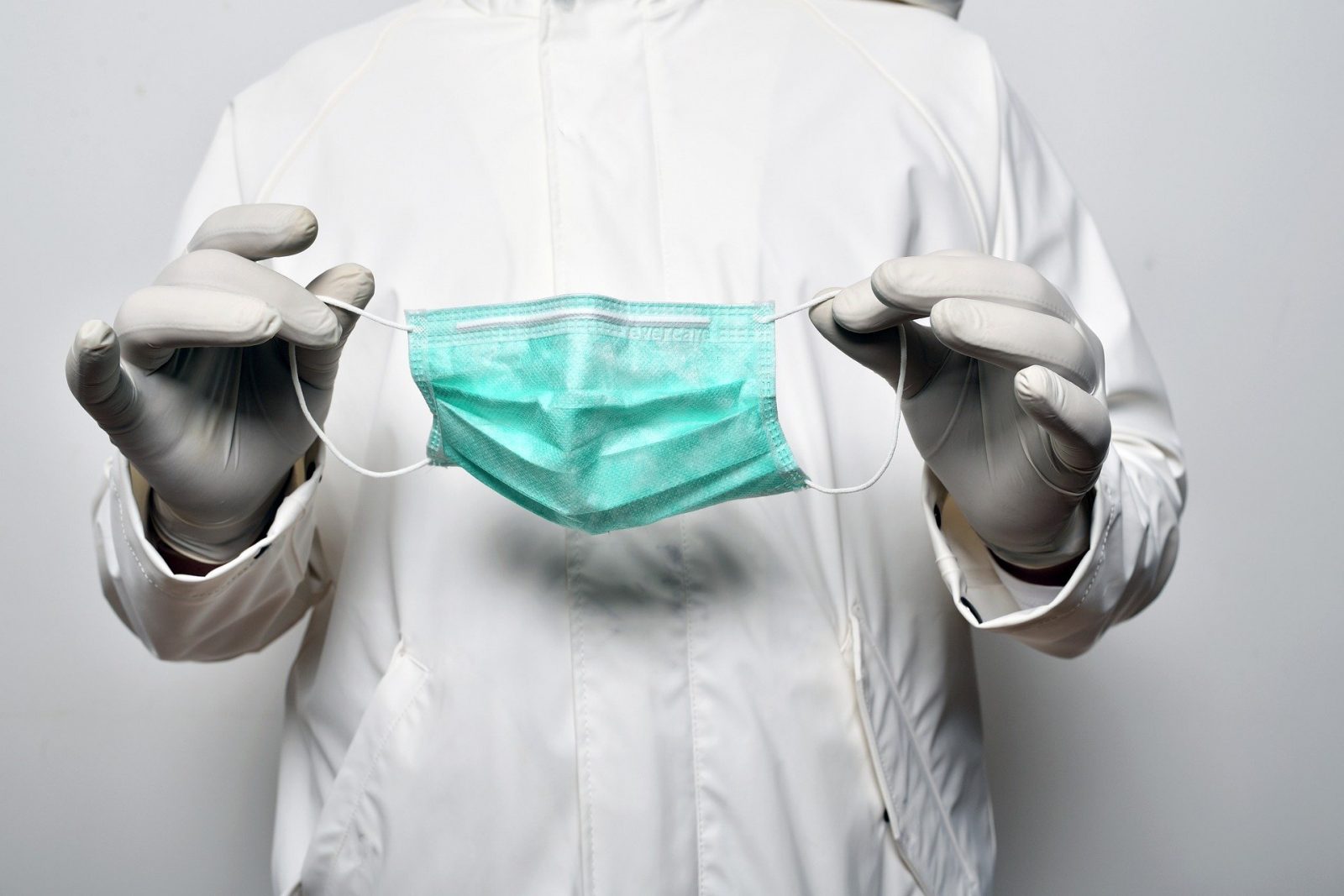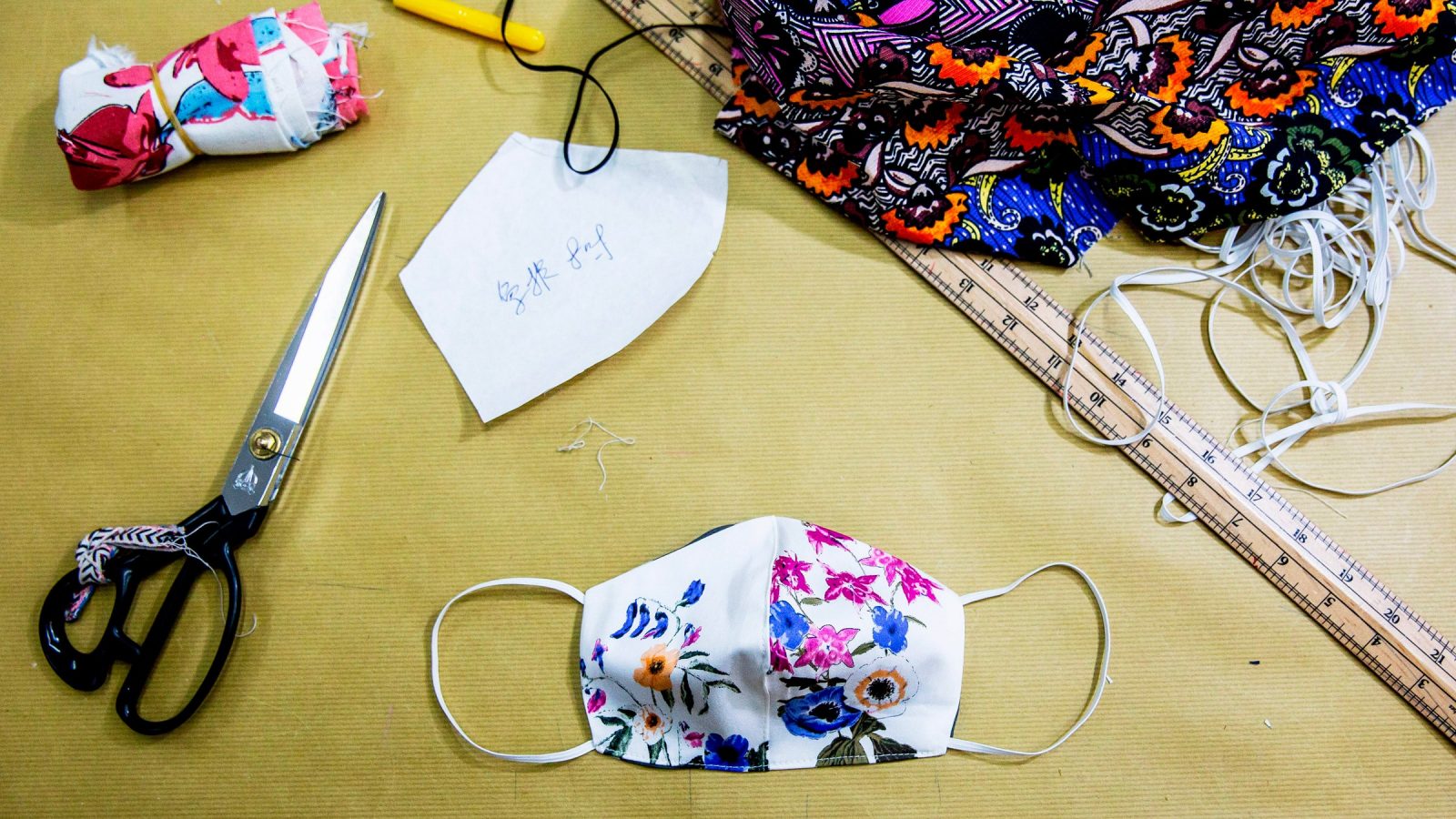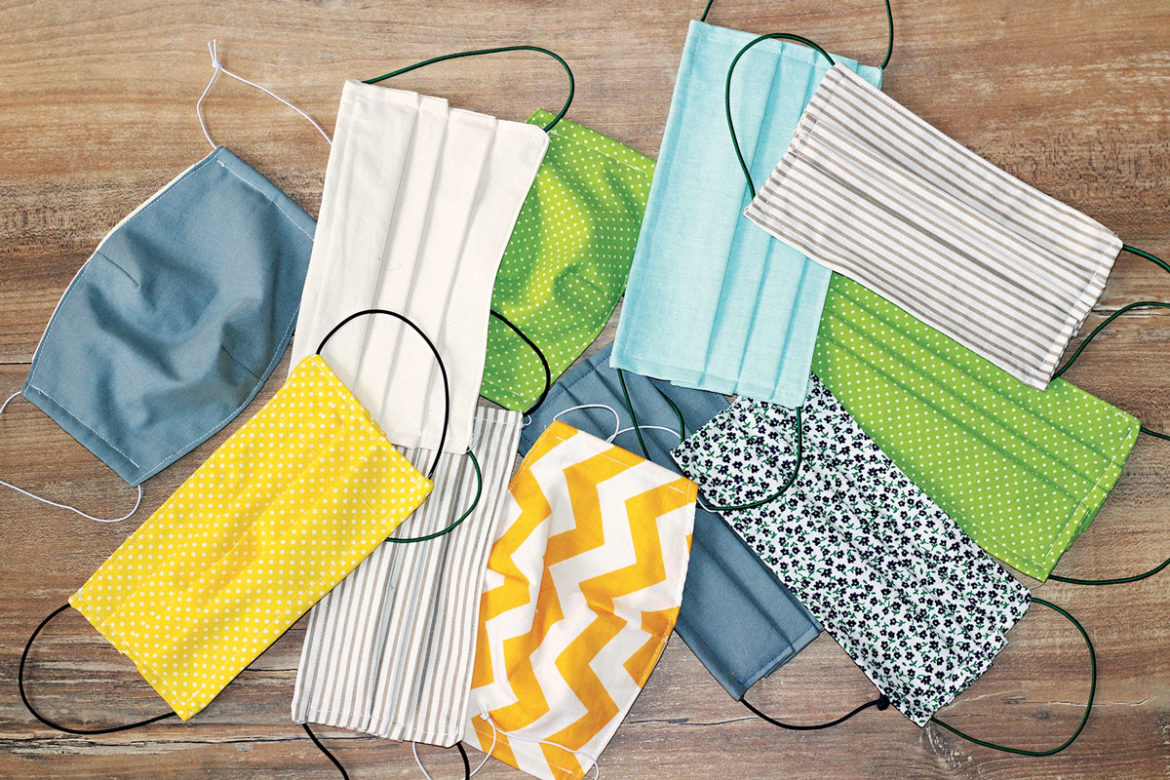According to new research conducted by Journal of Hospital Infection, while masks are effective and necessary to prevent the spread of the coronavirus, not every mask material is equally effective in prevention.
“We knew that masks work, but we wanted to know how well and compare different materials’ effects on health outcome,” said the researcher.
In the study conducted by Journal of Hospital Infection, the ability of a mask was assessed by the researcher. A diverse range of unconventional mask materials were used to conduct the research. A highly contaminated environment was chosen, and the effectiveness of the masks were studied after 30 seconds and then after 20 minutes, in this environment.

As the researchers compared the wearing of masks to wearing no masks during the time duration of 20 minutes and 30 seconds exposure, the results showed that the risk of infection was decreased by 24-94% or by 44-99%; this was dependent on the mask material and the duration of exposure. The research results reflected a decrease in reduction risk as duration of exposure increased.
From Most Effective to Lease Effective Face Mask Material
The study was based on the observation that the material of a mask can alter how effective it is against infection.
Lead author of the Journal of Hospital Infection, Amanda Wilson, who is an environmental health sciences doctoral candidate in the environment, community and policy department in the Mel and Enid Zuckerman College of Public Health at the University of Arizona said:
“N99 masks, which are even more efficient at filtering airborne particles than N95 masks, are obviously one of the best options for blocking the virus, as they can reduce average risk by 94-99% for 20-minute and 30-second exposures, but they can be hard to come by, and there are ethical considerations such as leaving those available for medical professionals”
Research shows the most and least effective materials for face masks https://t.co/l4OpRND4pT #COVID19 #Infection pic.twitter.com/TZGgkZA2gL
— World Economic Forum (@wef) July 20, 2020
In accordance with the research conducted, the next best option was the N95 masks and surgical masks. A surprising revelation was the vacuum cleaner filters that can be inserted inside the cloth masks’ filter pockets.
These filters minimized the risk of infection by 83% for the 30 second exposure, and by 58% for the 20-minute exposure experiment.
Some the other unconventional mask materials assessed by the researchers were cotton blend fabrics, antimicrobial pillowcases and, tea towels and these were found to be the next best alternatives, after N99, N95, surgical masks and vacuum cleaner filter masks.
Other findings suggested that scarves were only 44% effective in the 30 – second test and 24% effective in the 20 – minute test while t-shirts were entirely ineffective.
“We knew that masks work, but we wanted to know how well and compare different materials’ effects on health outcomes,” says Wilson.
Time of Exposure in a Contaminated Environment Reduces Mask Efficacy
Amanda, along with her team, took various factors into consideration while conducting the study out of which, ‘exposure time’ is key.
“One big component of risk is how long you’re exposed. We compared risk of infection at both 30 seconds and 20 minutes in a highly contaminated environment,” she says.
Another factor that was must be taken into consideration are the number of people that you’re exposed to in an outside environment and how distant they are from you. The size of the droplets that transport virus can be carried through coughs, sneezes, and even speech; the larger the droplet, the faster the transmission. Therefore, it is suggested to stay far as distance reduces exposure.
 Moreover, the study also reflects that the more time one spends in a contaminated environment, the less effective a mask becomes.
Moreover, the study also reflects that the more time one spends in a contaminated environment, the less effective a mask becomes.
This means that a mask cannot help reducing the risk to zero once you’re in a contaminated environment for more than two to three hours. You are not risk free if you’re wearing a mask! Therefore, it is recommended to stay indoors, wash your hands as often as possible and not touch or rub your face.
Stay tuned for more interesting news and updates!
